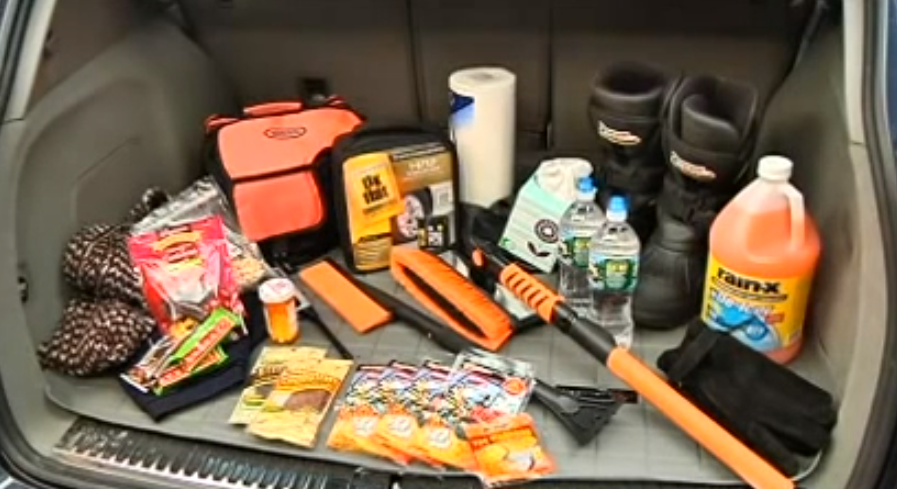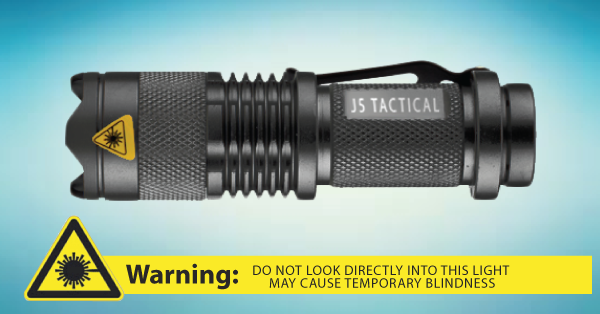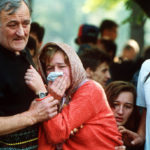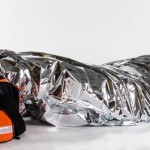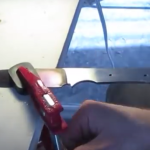The weather can change with little notice. When it does, is your car prepared?
The leading cause of death during winter storms is transportation accidents. Preparing your vehicle for the winter season and knowing how to react if stranded or lost on the road are the keys to safe winter driving. Now is the time to “Be Car Care Aware.” Make sue sure your vehicle is well maintained year round.
Dress warmly and wear layers of loose-fitting, lightweight clothing so you can adjust with the temperatures and conditions.
Be prepared! Before a winter storm strikes, plan your travel and check the latest weather reports.
When the weather turns cold, add these few extras to any basic emergency kit which should be in your car at all times:
WINTER STORM SURVIVAL KIT:
• Hand warmers — instant heat packs (carry 4 per person—it’ll give you 8 hours of warmth if you’re stuck)
• An aggressive snowbrush and ice scraper — don’t skimp on either.
• De-icer washer fluid
• Blankets/sleeping bags
• Snow boots
• Extra pairs of thick gloves
• A hat and scarf
• Food and water—carry a supply of high-energy snacks and several bottles of water just in case you get stuck
• Extra medications you may take regularly
• A large empty can and plastic bags with tissues and paper towels for sanitary purposes
• A smaller can and water-proof matches or a lighter to melt snow for drinking water.
• Sack of sand or cat litter (for traction)
• Shovel
• Tow rope
• LED light source
Plus: Keep your gas tank at no less than half a tank to avoid freezing the tank and fuel lines. Try not to travel alone. Let someone know your timetable and primary and alternate routes.
Follow these tips if you get trapped in your car during a blizzard:
1. Stay in the car. Do not leave the car to search for assistance unless help is visible within 100 yards. You may become disoriented and lost in blowing and drifting snow.
2. Display a trouble sign and flashing hazard lights
3. Hang a brightly colored cloth on the radio antenna
4. Turn on the car’s engine for about 10 minutes each hour. Run the heater when the car is running.
5. Beware of carbon monoxide poisoning. Keep the exhaust pipe clear of snow. If nessesary, open a downwind window slightly for ventilation.
6. Watch for signs of frostbite, dehydration and hypothermia
7. Do minor exercises to keep up circulation. Clap your hands and move arms and legs occasionally. Try not to stay in one position for too long.
8. If more than one person is in the car, take turns sleeping
9. For warmth, huddle together
10. Use newspapers, maps, and even the removable car mats for added insulation
11. Avoid overexertion—cold weather puts an added strain on the heart. If you are unaccustomed to exercise, shoveling snow or pushing a car can bring on a heart attack or make other medical conditions worse.
For more information, go to our website. I’m Lauren Fix, The Car Coach.
Courtesy of YNN/Time Warner Cable
Aired: 2/19/2013


